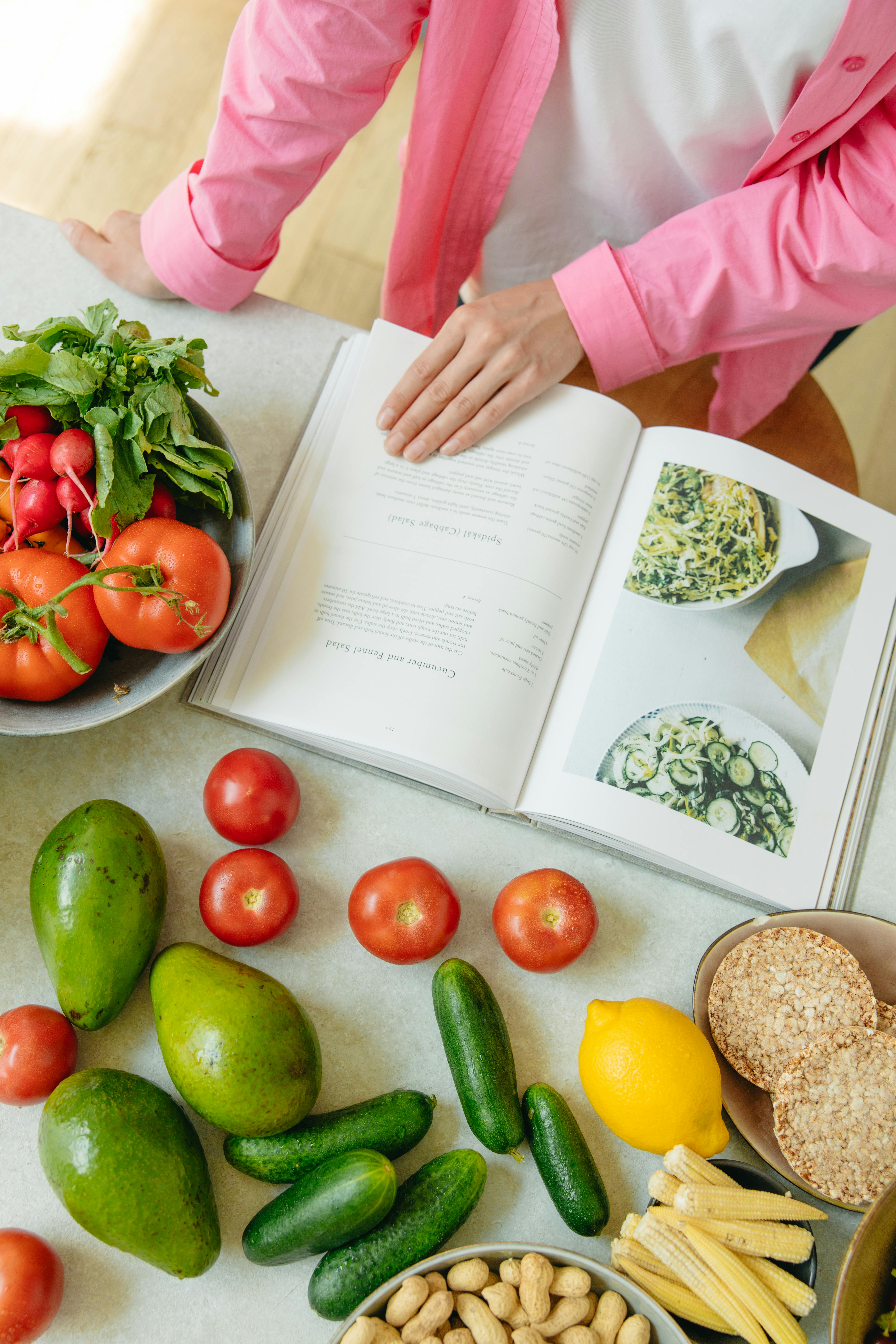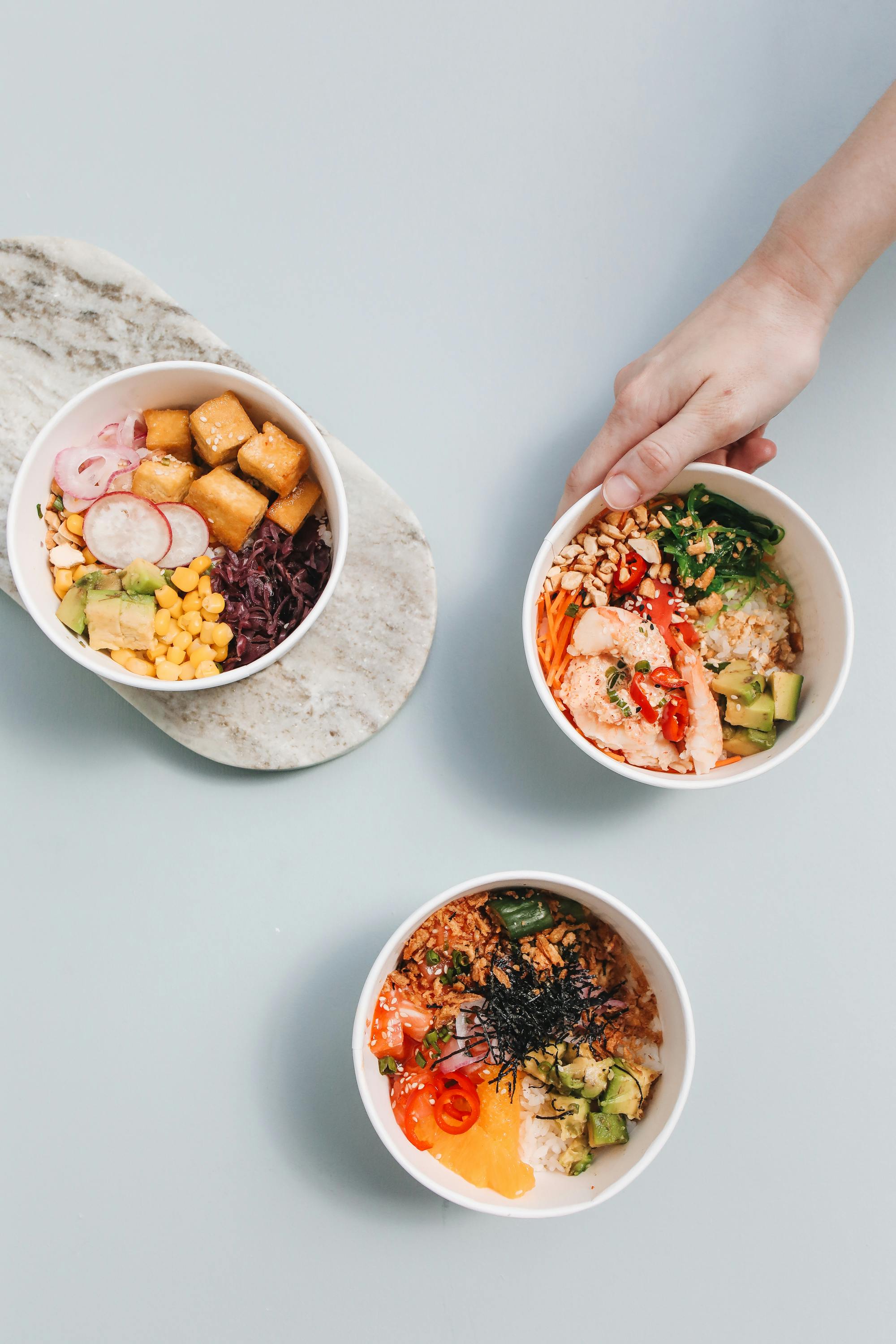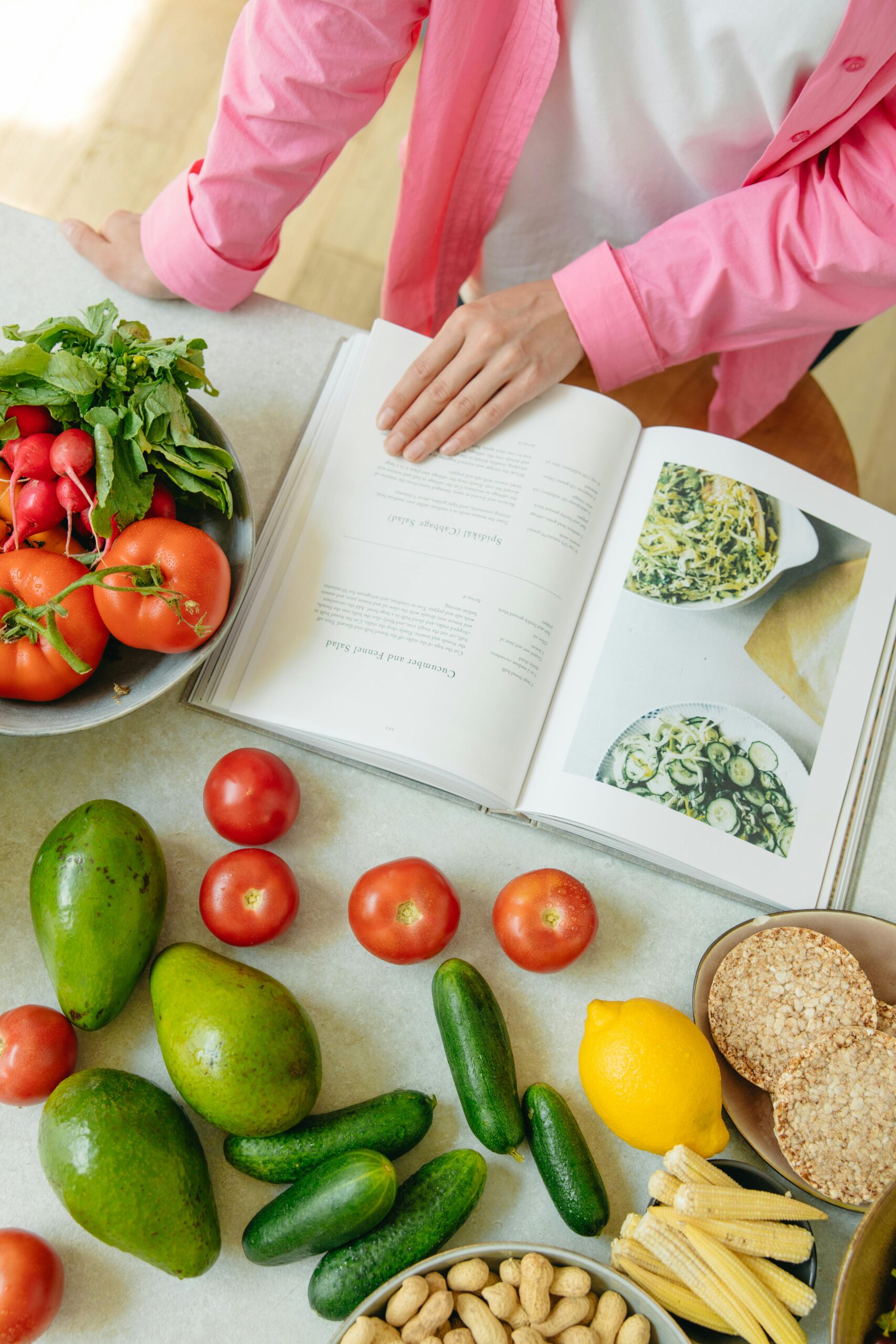Discover the Rich Flavors of Hawaiian Cuisine: A Comprehensive Hawaiian Food Cookbook
Hawaiian cuisine is a fusion of flavors that reflects its diverse history and cultural influences. From ancient Polynesian traditions to contemporary Hawaiian twists, this cuisine offers something for every palate. In this article, we will explore the rich variety of dishes featured in a Hawaiian food cookbook, guide you through authentic recipes, and offer practical tips to help you master the art of preparing Hawaiian meals at home.

Understanding the Fundamentals of Hawaiian Cuisine
Before diving into specific recipes, it’s essential to understand the core principles that define Hawaiian cuisine. Rooted in the island’s rich cultural history, Hawaiian food blends traditional Polynesian flavors with influences from Asia, Europe, and the mainland United States. Key ingredients such as taro, fish, and tropical fruits like coconut and pineapple are staples that make Hawaiian food both unique and delicious.
The importance of these ingredients goes beyond taste. Many have deep cultural significance, representing both the land and sea. For example, taro is used to make poi, a traditional Hawaiian dish that has been consumed for centuries. Understanding the role these ingredients play will help you appreciate the culinary diversity of Hawaii and how its flavors have evolved over time.
1.1 Key Ingredients of Hawaiian Cuisine
The foundation of every great Hawaiian dish starts with the right ingredients. Some of the most commonly used items include:
- Taro: A starchy root vegetable often used to make poi or added to stews.
- Fish: Fresh fish, particularly ahi (tuna), is central to many dishes like poke and fish tacos.
- Coconut: Used in both sweet and savory dishes, coconut adds a rich, creamy texture.
- Pineapple: This tropical fruit is commonly found in both savory dishes like pineapple fried rice and desserts.
1.2 Traditional vs. Modern Hawaiian Dishes
Hawaiian cuisine has evolved significantly over the years. Traditional dishes like laulau (pork wrapped in taro leaves) and kalua pig (slow-cooked pork) remain popular today. However, modern Hawaiian chefs have embraced fusion techniques, combining local ingredients with influences from other cultures.
For instance, you might find modern twists on poke, where ingredients such as avocado or sriracha sauce are incorporated to create a more contemporary flavor profile. By understanding the balance between tradition and innovation, you can fully appreciate both classic and modern Hawaiian dishes.
Practical Implementation Guide: How to Cook Like a Local
Now that you have an understanding of the fundamentals, it’s time to dive into the kitchen and begin cooking! This section will outline the steps you need to take to recreate the flavors of Hawaii in your own home.

2.1 Actionable Steps to Cooking Hawaiian Food
- Step 1: Gather Your Ingredients. Start by sourcing fresh local ingredients. If you’re unable to find some of the more exotic items, look for substitutions that maintain the essence of the dish.
- Step 2: Follow Authentic Recipes. Look for a Hawaiian food cookbook that features detailed recipes with clear instructions. This will help you avoid mistakes and make the most of the ingredients you have.
- Step 3: Experiment with Cooking Techniques. Many Hawaiian dishes, such as kalua pig, require slow cooking or roasting. Patience is key when preparing these traditional meals.
2.2 Overcoming Common Challenges
As you start cooking Hawaiian food, you may encounter a few challenges. Here are some common obstacles and tips for overcoming them:
- Finding Authentic Ingredients: While many ingredients are available at specialty stores, you can substitute items like sweet potatoes for taro or use frozen fish if fresh fish is unavailable.
- Understanding Cooking Methods: Dishes like poi require specific cooking techniques. Be sure to follow the instructions closely, especially when working with new tools or cooking methods.
- Balancing Flavors: Hawaiian dishes often have a balance of sweet, salty, and savory flavors. Experiment with adjusting the seasoning to suit your taste.
Advanced Applications: Mastering Hawaiian Culinary Techniques
Once you’ve mastered the basics, it’s time to dive into more advanced techniques that will take your Hawaiian cooking to the next level. These techniques will elevate your dishes and allow you to experiment with more intricate flavors and presentations.

3.1 Mastering Hawaiian BBQ Techniques
Hawaiian BBQ is a popular way to prepare meats such as pork, chicken, and beef. Slow-cooking meats over an open flame infuses them with a smoky flavor that is the hallmark of many traditional Hawaiian dishes.
One advanced technique to try is cooking meats in an imu, an underground oven. While this may not be feasible for everyone, you can replicate the flavor by using a smoker or slow-cooking your meat with the right combination of spices and marinades.
3.2 Perfecting Poke with Creative Variations
Poke is a quintessential Hawaiian dish, and while it’s traditionally made with raw tuna, you can experiment by adding different types of seafood, such as salmon or shrimp. The key to creating the perfect poke is balancing fresh ingredients with seasonings like soy sauce, sesame oil, and green onions.
For advanced cooks, try marinating your poke overnight to allow the flavors to meld together. Adding additional ingredients like avocado or pickled vegetables can also provide unique flavors and textures.
Future Outlook: Hawaiian Cuisine’s Growing Popularity
As Hawaiian cuisine continues to grow in popularity, more people around the world are discovering the joys of cooking and eating traditional Hawaiian dishes. The global trend toward healthy eating and the emphasis on fresh, locally sourced ingredients align well with the core principles of Hawaiian food.
In the coming years, we expect to see even more fusion dishes that combine Hawaiian ingredients with global cooking techniques. This evolution will likely make Hawaiian cuisine even more accessible to home cooks and restaurants worldwide.
Conclusion
Hawaiian food offers a rich and flavorful culinary experience that anyone can enjoy. From traditional dishes like laulau to modern takes on poke, there is something for every taste. By learning about the core ingredients, cooking techniques, and advanced applications, you can create authentic Hawaiian meals right in your own kitchen.
So, what are you waiting for? Grab your Hawaiian food cookbook and start cooking today! With practice and patience, you’ll soon be able to enjoy the unique flavors of Hawaii in your own home.
Frequently Asked Questions
- Q: What are the essential ingredients in a Hawaiian food cookbook? Essential ingredients include fish (like tuna), taro, coconut, pineapple, and fresh tropical fruits.
- Q: How do I get started with Hawaiian cooking? Start by familiarizing yourself with basic dishes like poke, laulau, and kalua pig. Then, experiment with more complex recipes as you build your confidence.
- Q: How much time does it take to prepare Hawaiian food? Most Hawaiian dishes take several hours to prepare, especially slow-cooked dishes like kalua pig. Expect 3-6 hours depending on the dish.
- Q: Is Hawaiian food expensive to make? While some ingredients may be more costly, many Hawaiian dishes use affordable, everyday items like rice, potatoes, and fresh vegetables.
- Q: How does Hawaiian food compare to other tropical cuisines? Hawaiian food is unique in its combination of fresh seafood, tropical fruits, and traditional cooking methods, making it stand out from other tropical cuisines.
- Q: Do I need advanced skills to cook Hawaiian food? No, many Hawaiian dishes are simple and beginner-friendly. However, certain techniques, like slow-cooking meats or making poi, require patience and practice.
- Q: Can I adapt Hawaiian dishes for dietary restrictions? Yes,
